Sewing with Quilting Cotton: Tips & Tricks
Cotton has been woven to make fabric for thousands of years. Today, this natural fabric is available in a variety of weights, colors, patterns, and weaves. Cotton is also blended with other fibers to make different types of fabric, such as corduroy and terry. You may have heard the term “quilting cotton.” Quilting cotton is a fabric made specifically for quilting and 100% cotton. It is typically a medium weight, but lately, some companies are making lighter weight quilting cotton.
Quilters, especially traditional quilters, primarily use quilting cotton in their quilts. But quilters aren’t the only ones buying quilting cotton today. Many sewists are using quilting cotton to make clothes, bags, and other craft projects because of the fabric’s great quality and an assortment of colors and prints on the market. Let’s take a closer look at quilting cotton!
Here is a close-up picture of a plain weave in the fabric.
Fabric Characteristics of Quilting Cotton
- Medium, woven fabric
- 100% cotton
- Plain weave
- 40” – 44” wide
- Conducts heat well and resists pilling
- Drapes well
Care and Use of Quilting Cotton
- Avoid extended exposure to sunlight
- Can be laundered
- Use hot iron with steam for wrinkles
- For patchwork, garment sewing, and other crafts
Recommended BERNINA Presser Feet for Sewing on Quilting Cotton
Most BERNINA presser feet perform beautifully with quilting cotton, but specifically for making quilts, I recommend BERNINA Patchwork Feet. These feet are perfect for finding that scant 1/4” seam allowance. There are three options for BERNINA Patchwork Feet and all three have a dual feed version. BERNINA Dual Feed works with machines that have the dual feed mechanism on back of the machine. The first option is Patchwork Foot #37/37D. The second option is Patchwork Foot #57/57D and has an attached guide. The third option is Patchwork Foot #97/97D and has a removable guide. The Straight Stitch Plate is recommended when using Patchwork Feet.
Patchwork Foot #37/37D
Patchwork Foot #37/37D comes in two versions and has three notches along each toe for precise guidance.
Patchwork Foot #57/57D
Patchwork Foot #57/57D comes in two versions, has three notches along each toe, and has a built-in seam guide on the right edge of the foot.
Patchwork Foot #97/97D
Patchwork Foot #97/97D comes in two versions, has three notches along each toe, and includes an adjustable seam guide. The guide is separate from the foot making it an optional accessory.
Tips for Sewing on Quilting Cotton
- Invest in cotton thread that is thin but strong, such as Mettler Silk-Finish Cotton 50. This Mettler thread goes through a mercerization process making the thread strong and iron-proof. Also, this high-quality thread produces less lint build-up in your machine.
- Use a quilting needle in size 75/11 or Microtex needle in size 80/12.
The Schmetz Chrome Professional Grade needles last longer and stay cooler during high-speed stitching. If the upper thread is shredding or breaking, go up one needle size.
- Add stiffness to quilting cotton with starch or sizing. This is very helpful if you need more control when cutting and piecing fabric. Try Mary Ellen’s Best Press which is a spray starch alternative that acts more like sizing and is environmentally friendly. It’s non-aerosol and comes in many scents as well as unscented.
- Pin it up! Pins will not leave holes in quilting cotton like they do with oilcloth and laminated fabric. Pins will keep the fabric in place when sewing so it stays flat and pucker-free. But don’t sew over them or you might end up with a broken needle or worse!
Now that you know the characteristics of quilting cotton and the best way to sew with this fabric, go to your local quilt store or online shop and find quilting cotton for your next quilt or sewing project!
Need a project? I’ve created a few links below from our creative blog, WeAllSew, so you can easily find something and start sewing!
- Fat Quarter Tote Bag
- Turning Triangles Mini Quilt
- Triangle Zipper Pouch
- Cosmetic Zipper Pouch
- The Passiflora Quilt Along
Fear No Fabric!
What you might also like
2 comments on “Sewing with Quilting Cotton: Tips & Tricks”
-
-
Using quilting cotton for garments is a hot topic. Typically quilting cotton is medium weight but there is cotton lawn that is light weight at 2-3 ounces per square yard . Many quilt shops carry cotton lawn now. Choose patterns that don’t need a lot of drape… maybe choose something that needs more structure. There are so many great prints and colors in quilting cotton that it’s so tempting to make garments with them. There are some great tips online about sewing with quilting cotton. And some funny stories like yours about the pine cone!
-
Leave a Reply
You must be logged in to post a comment.
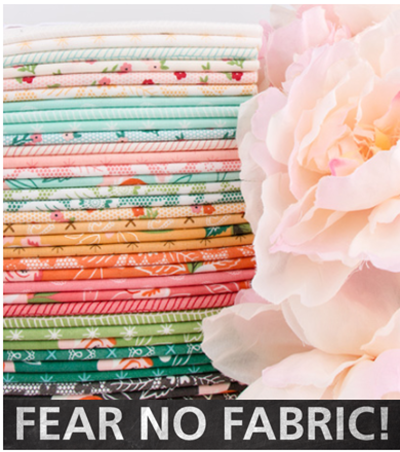
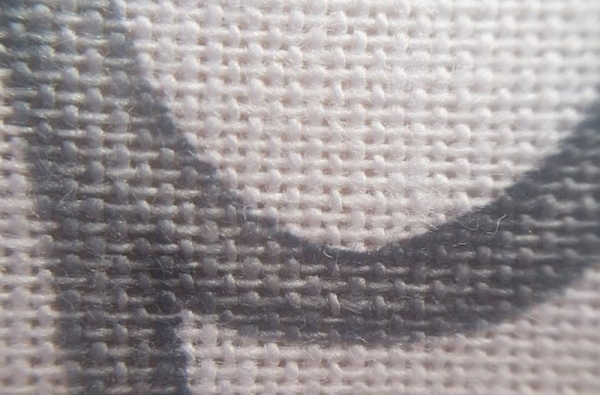
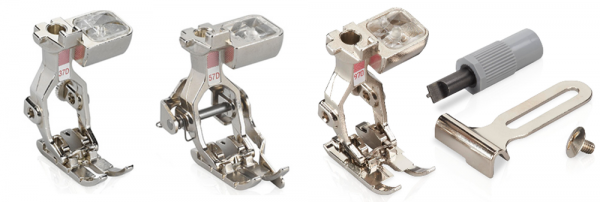
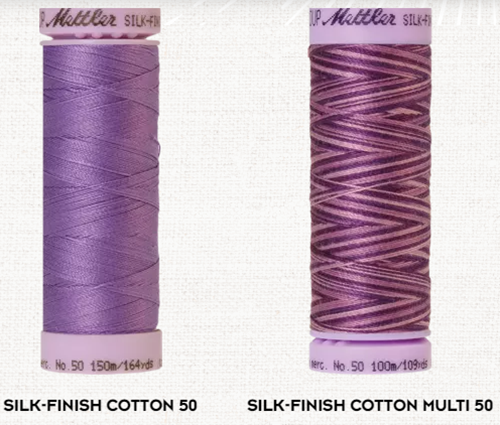
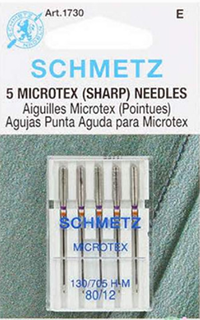
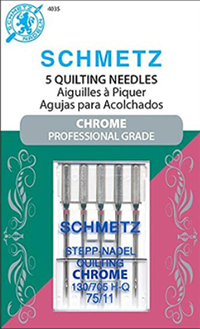
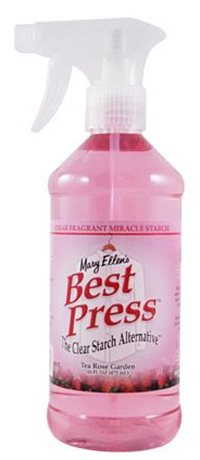
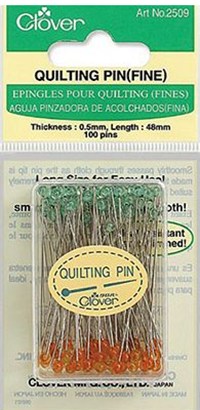




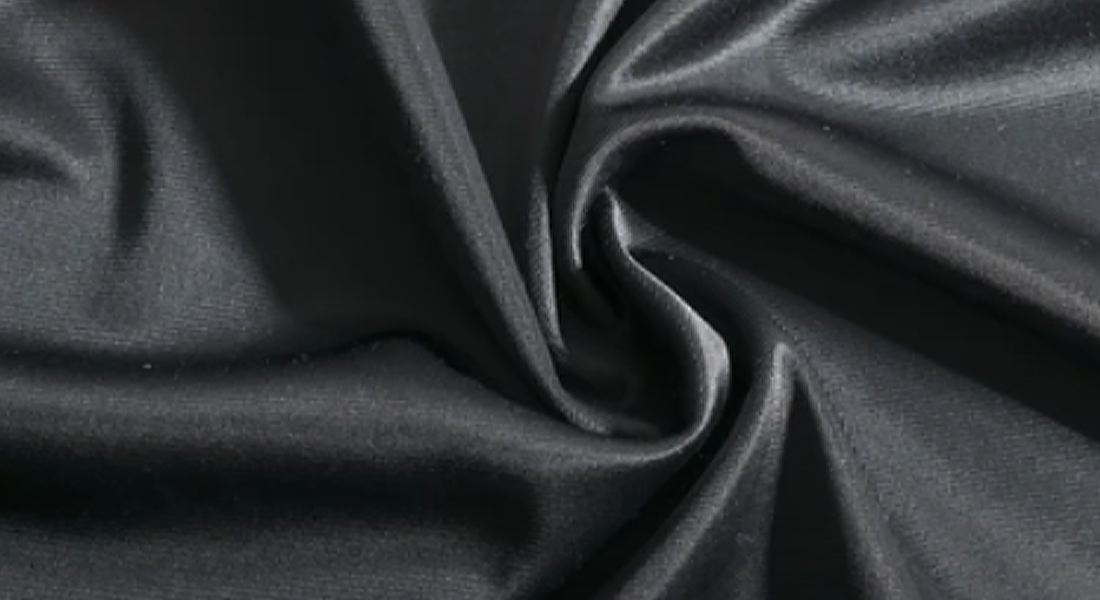
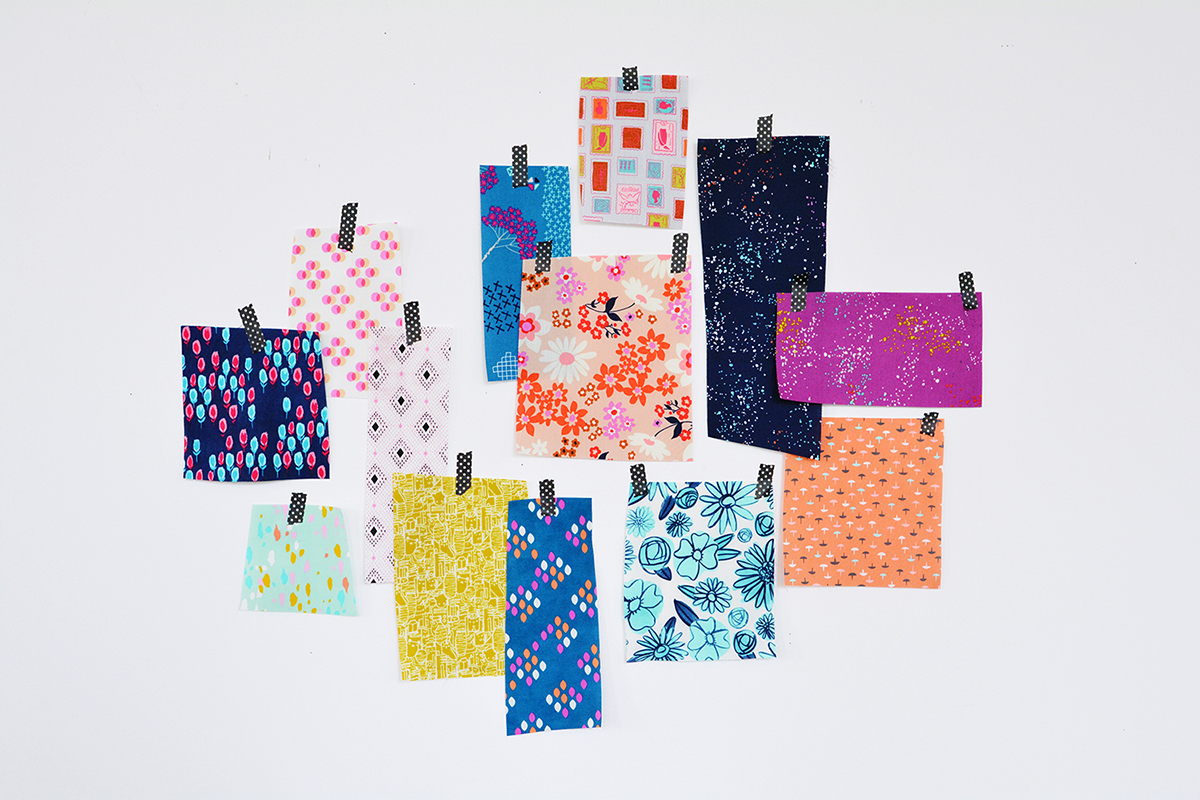
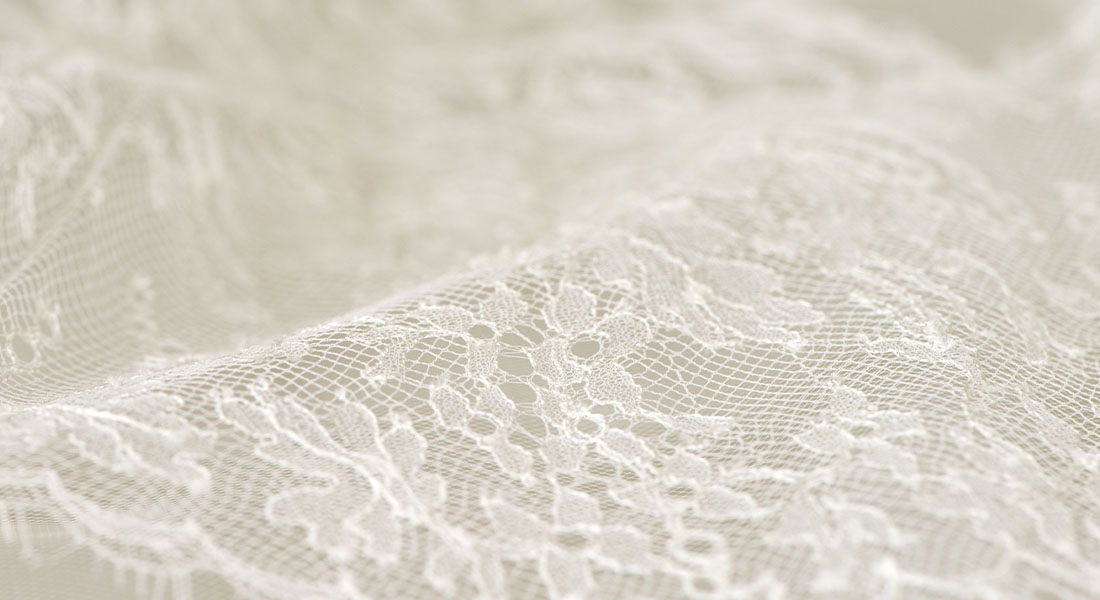
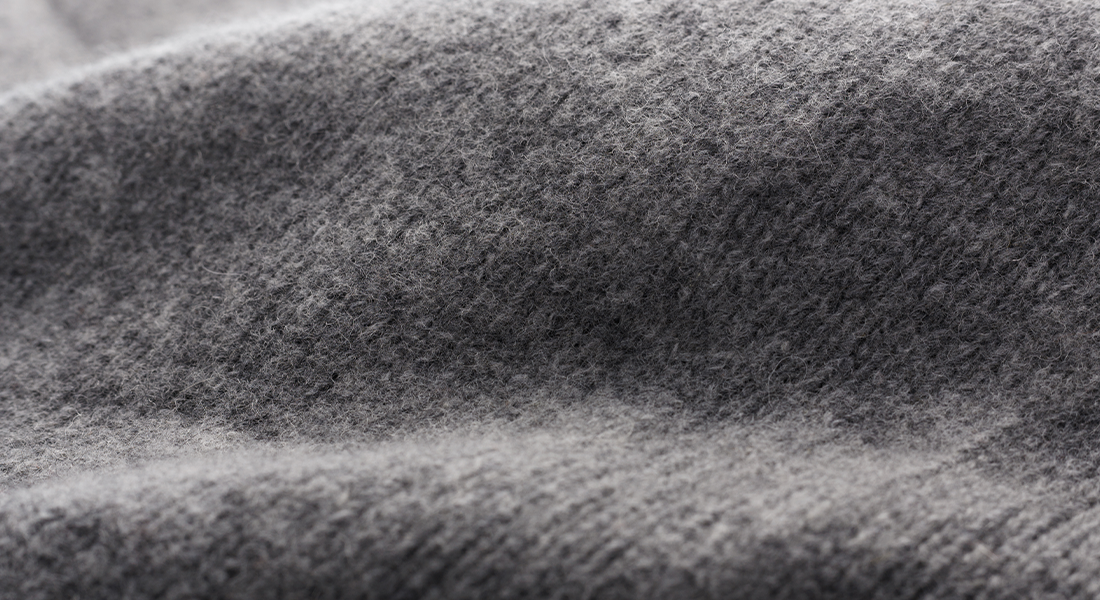
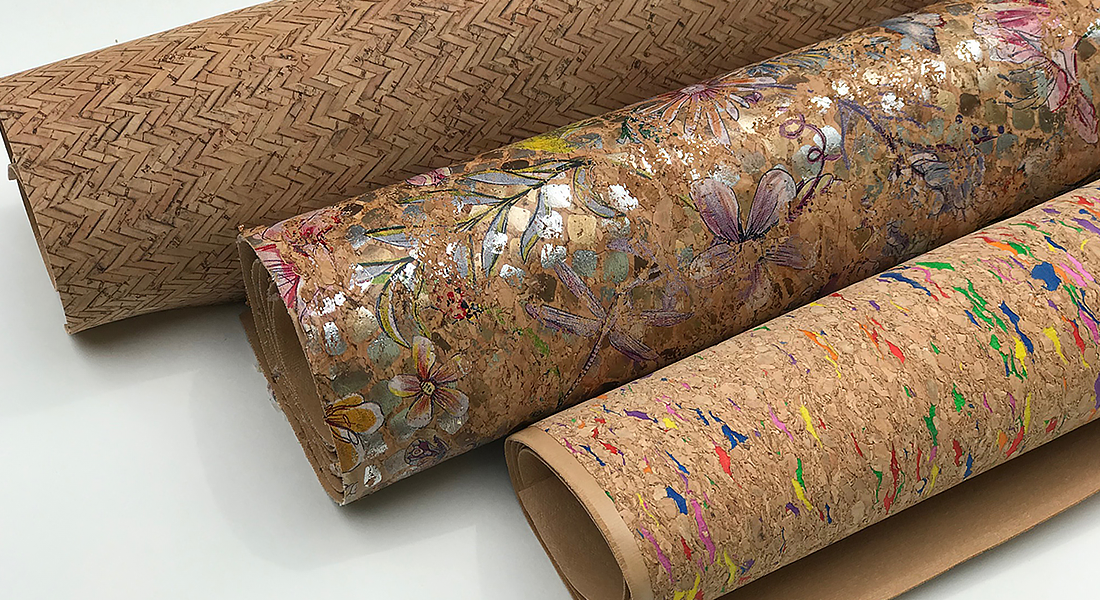
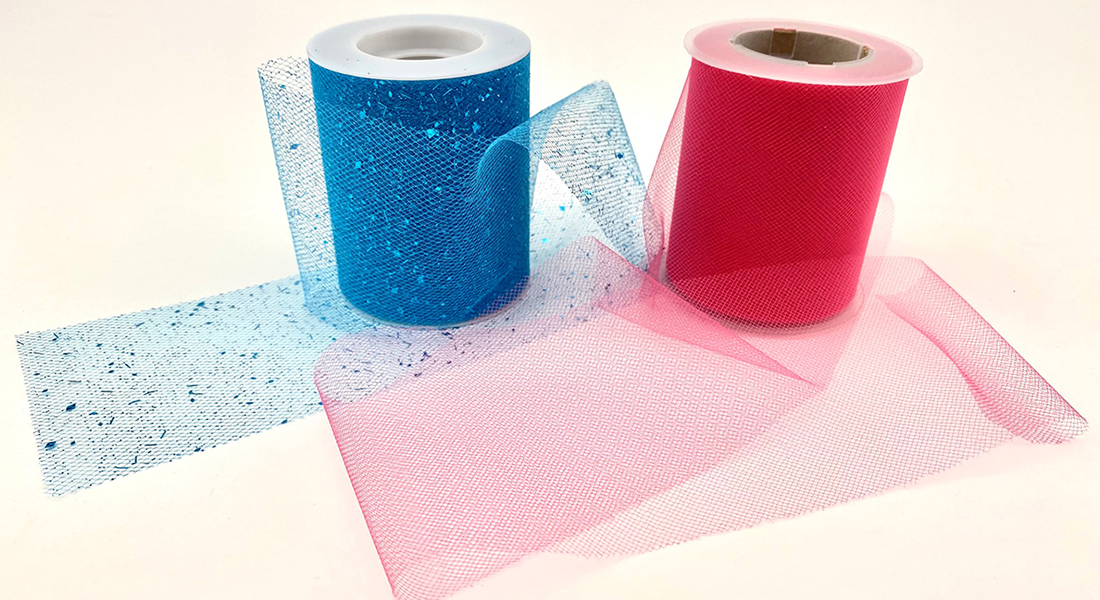
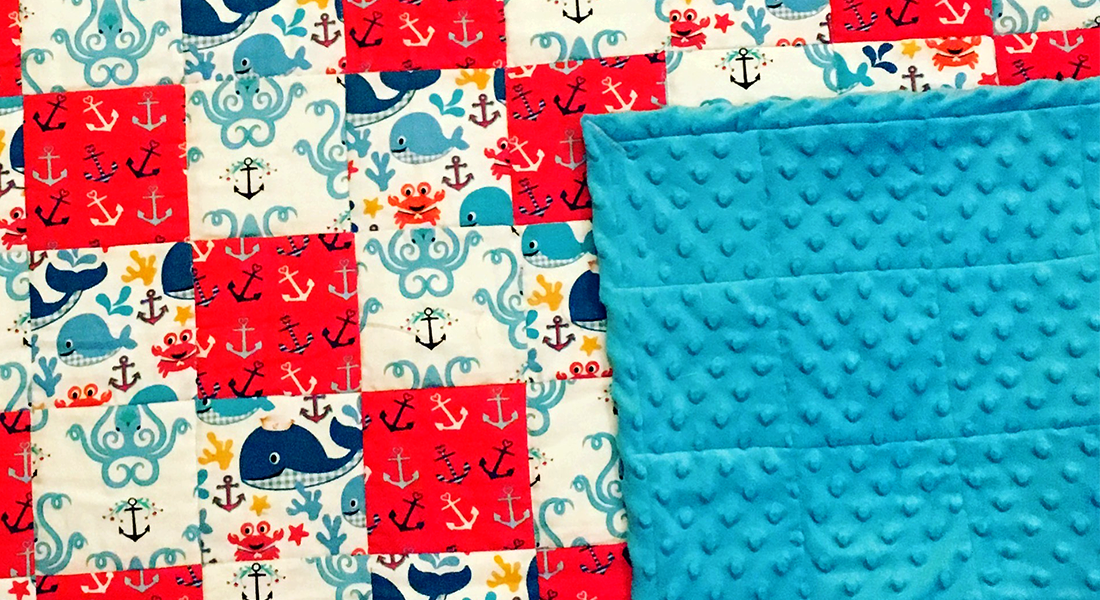
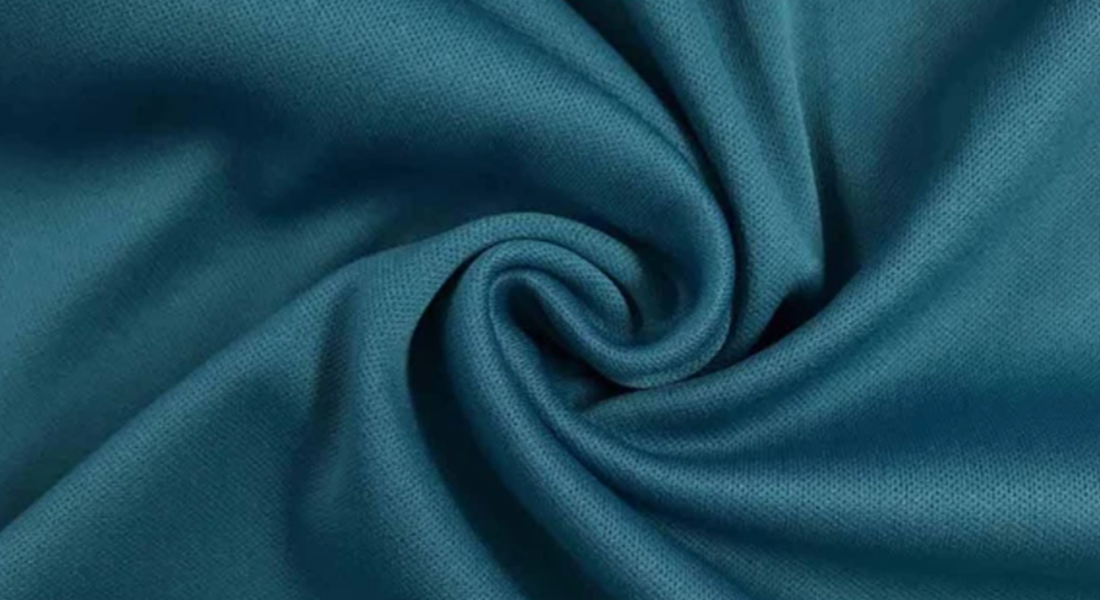
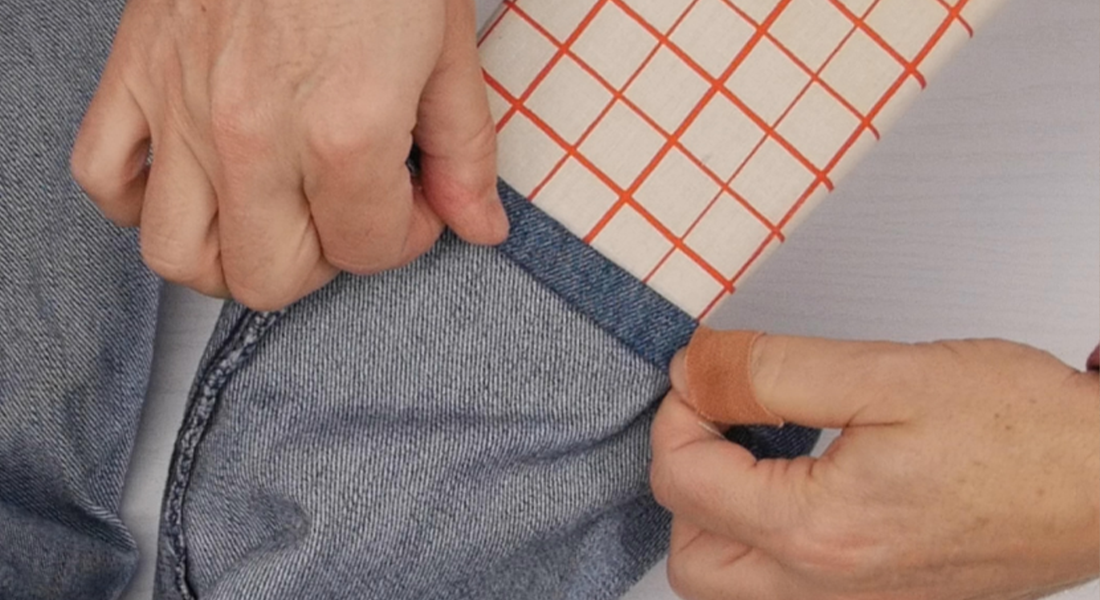
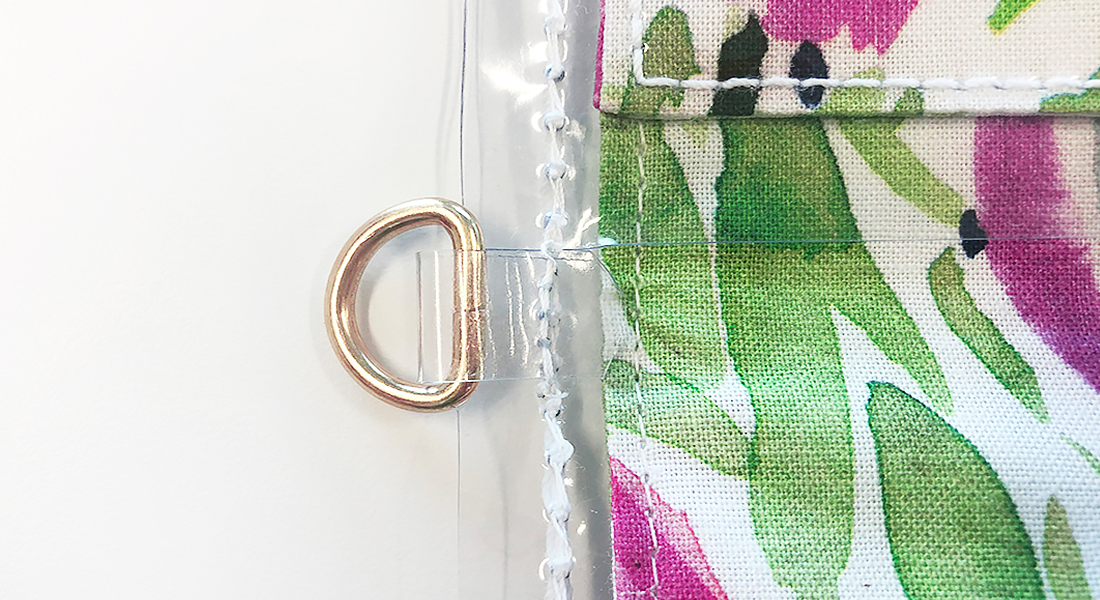
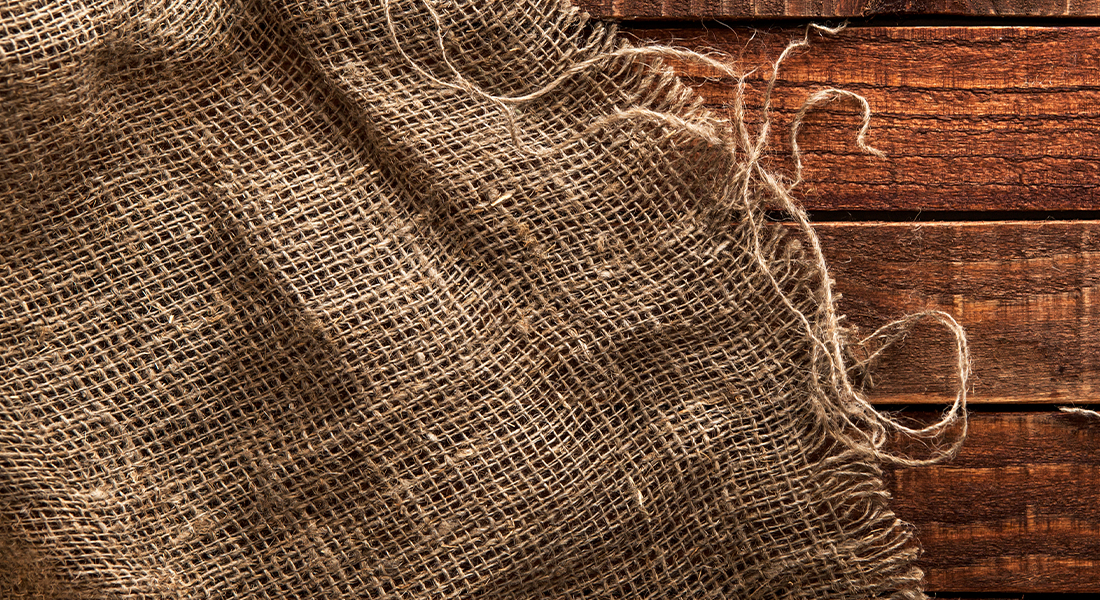
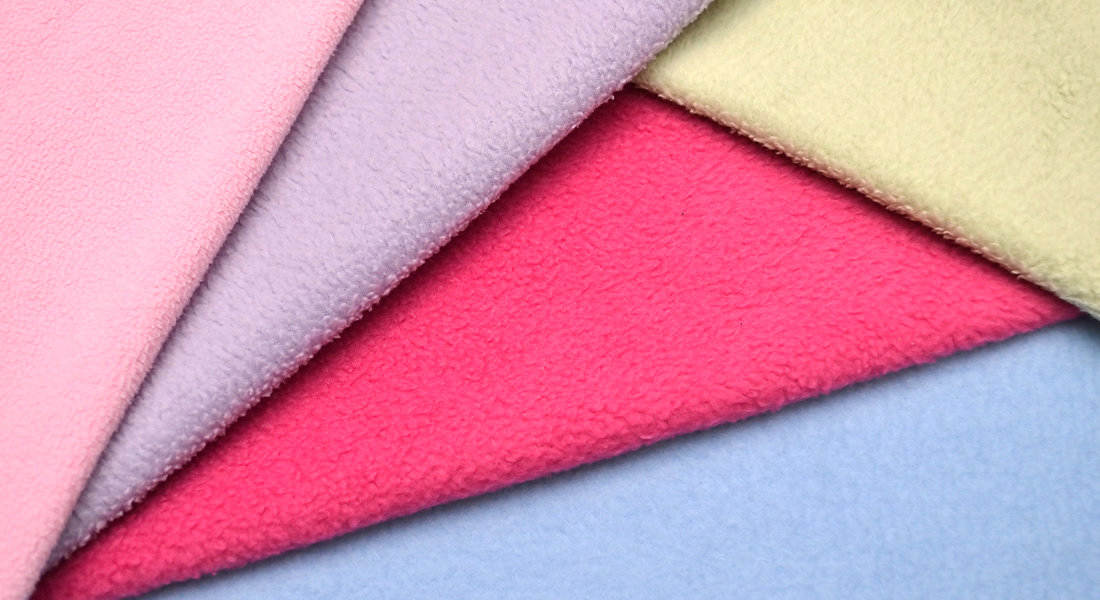
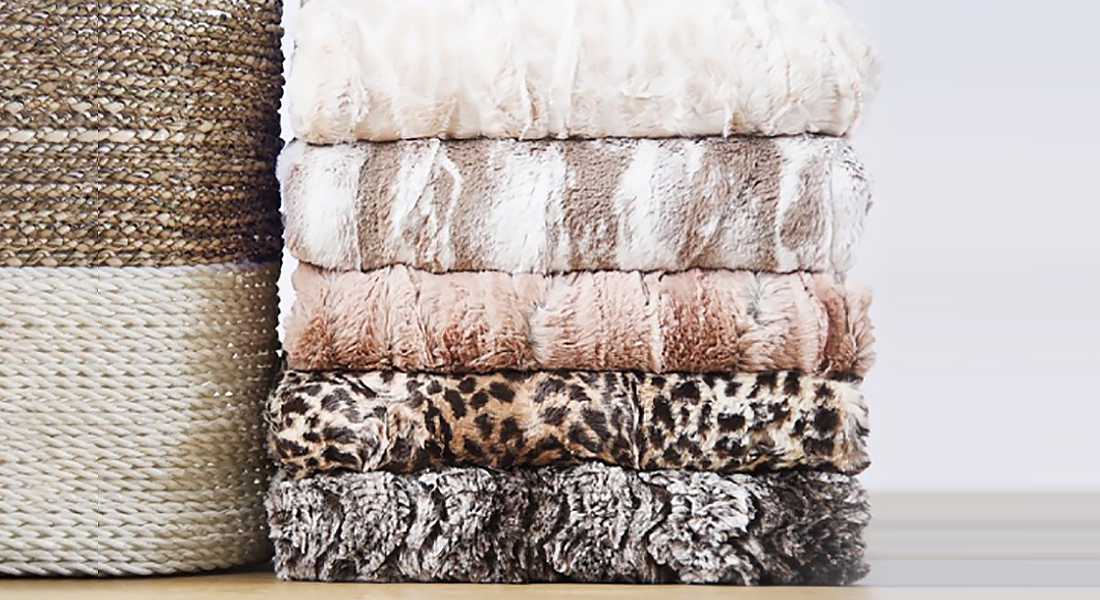
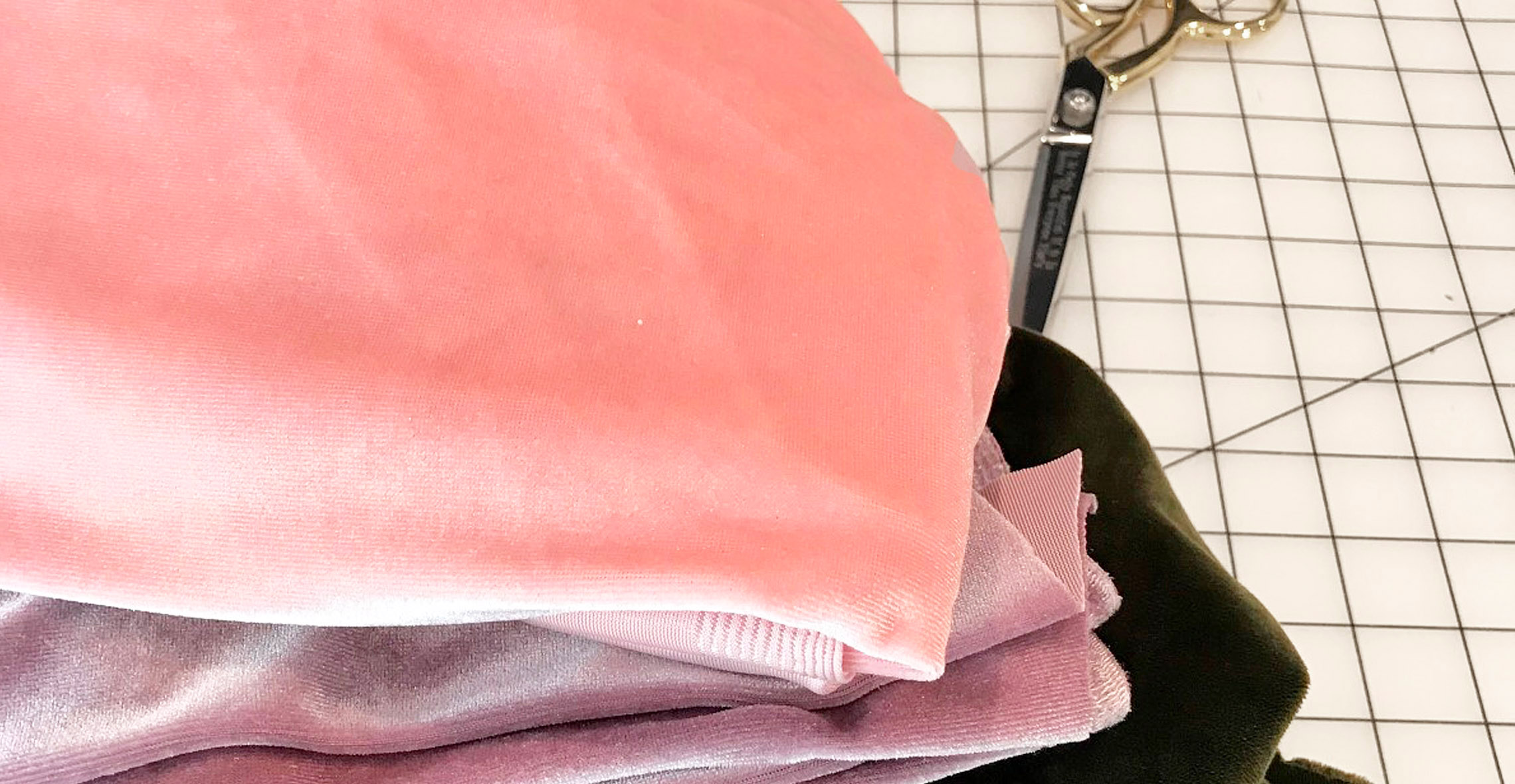
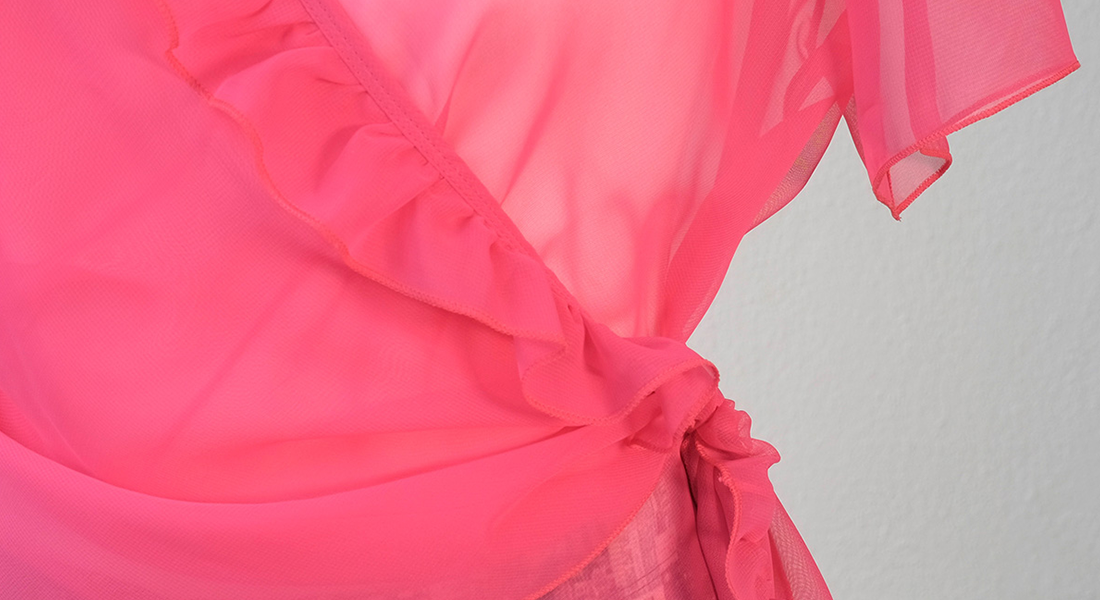
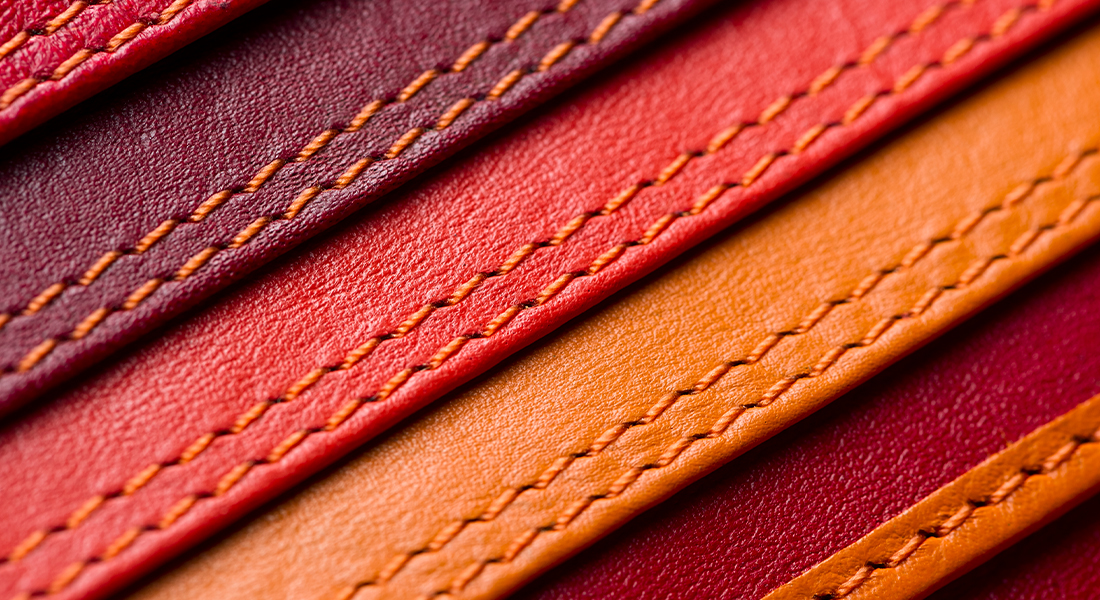
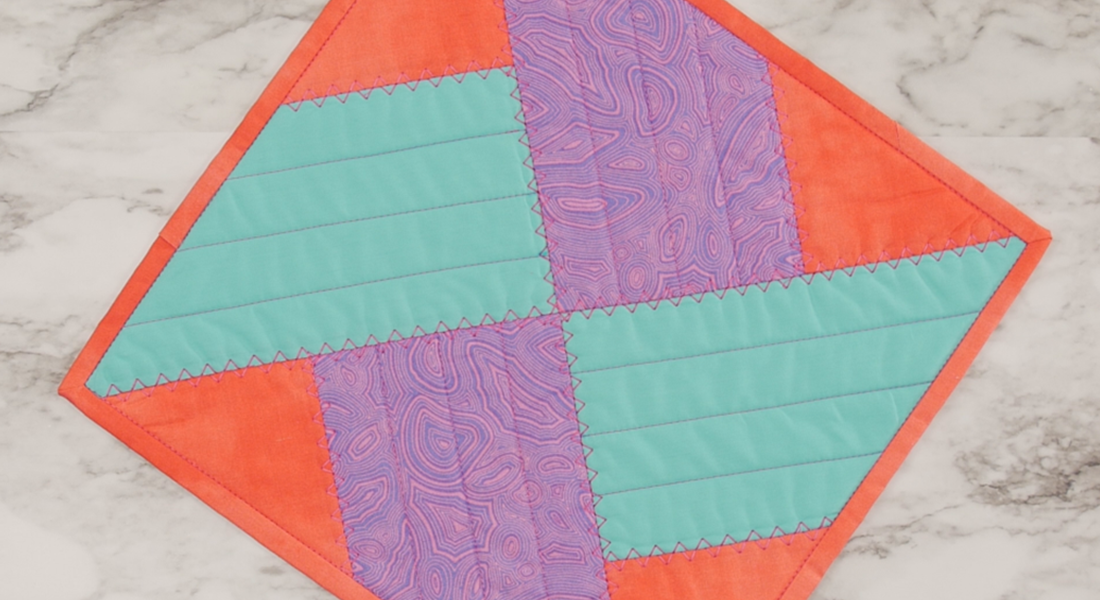
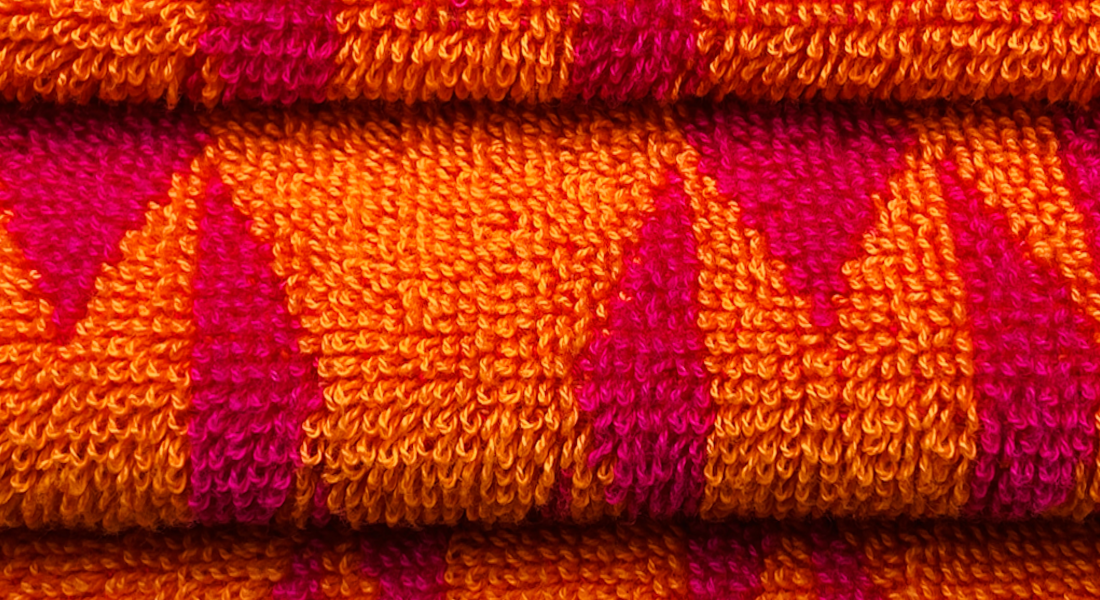
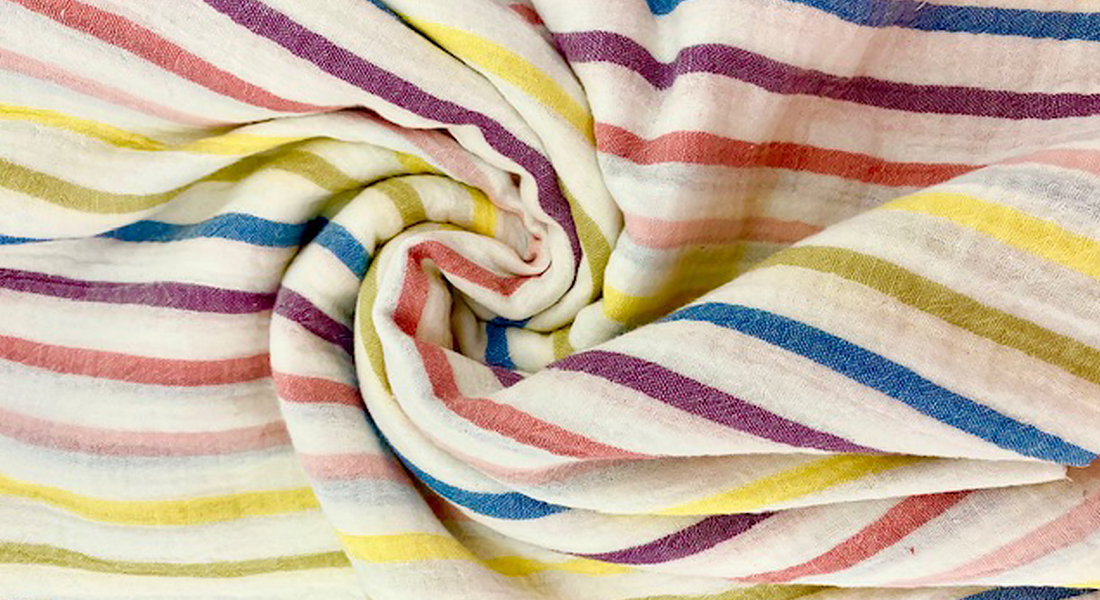


Thank you for this information but I would like to know the weights of the lighter Cottons now being sold. The quilting cotton vs. lighter weight cotton which would sometimes be better for garment sewing.
As an aside, I use to make A-line dresses for my mother. She had a favorite pattern and I must have made eight or nine. But one of the ones I made was out of a quilting cotton and when she put it on it was too stiff with little drape. she loved the design on the fabric but it made her look like a pine cone! Oh, well.